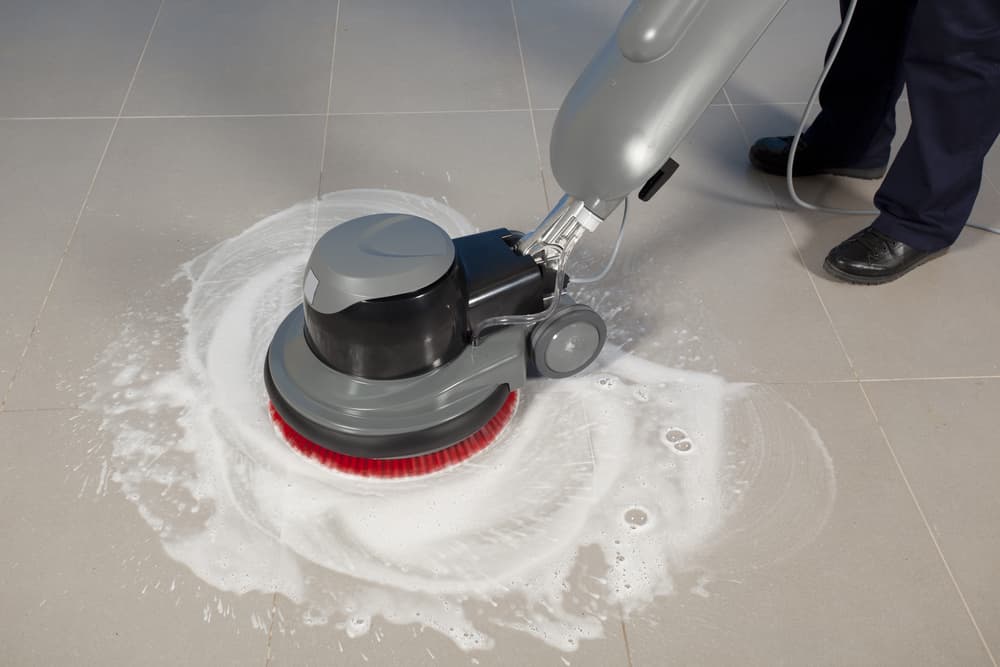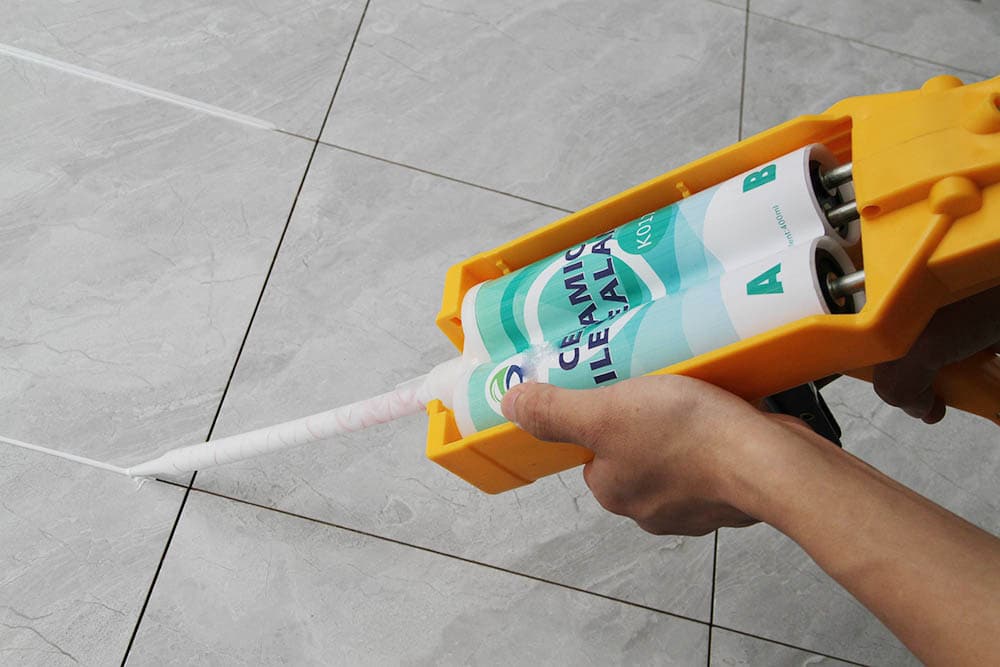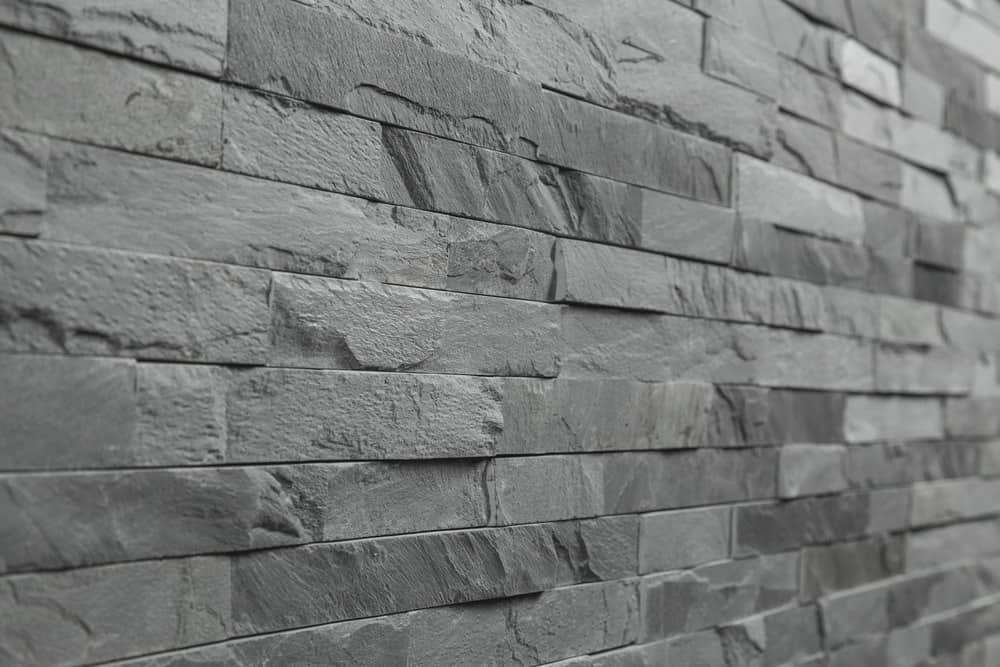Porcelain tile cutter + great purchase price
To successfully cut porcelain tile with a cutter, you must have a thorough understanding of how to operate a tile saw
A tile saw can cut ceramic and marble, among other materials
Tiles are typically fabricated from ceramic, but this is not always the case
Numerous sorts of materials, including porcelain, glass, stone, plastic, and metal, can be used to create tiles
When cutting porcelain tiles, it is essential to remember that these materials are exceedingly fragile
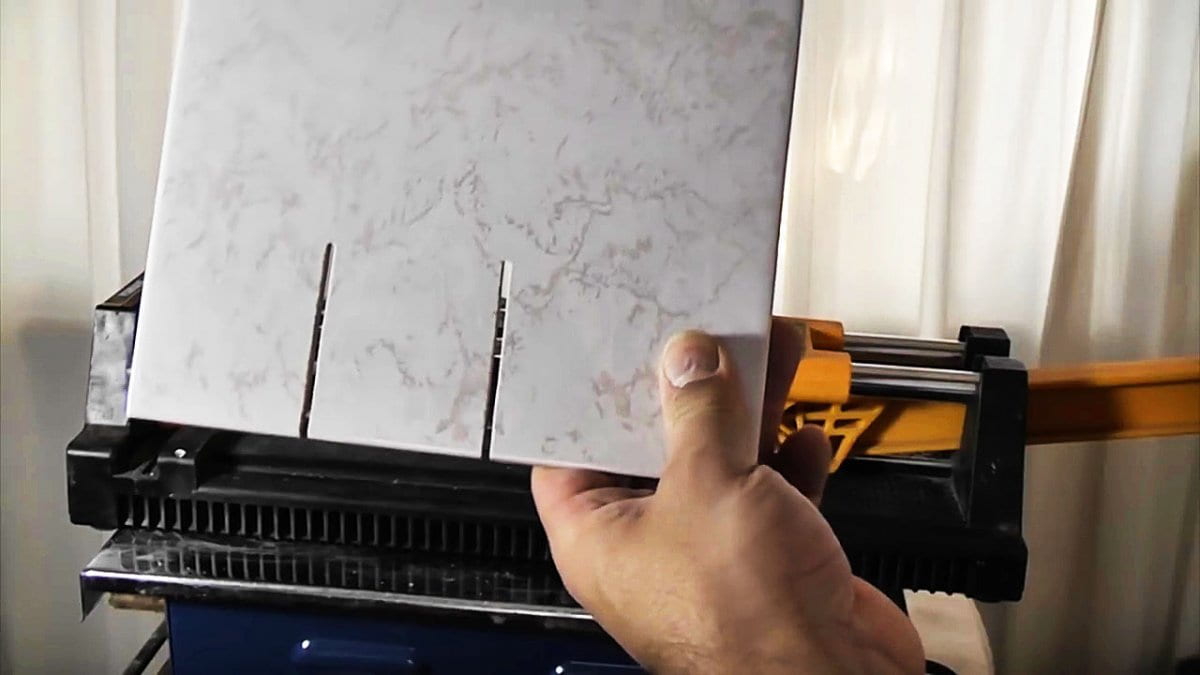
Due to porcelain’s extreme hardness, it is difficult to cut without causing damage
But if you know what you’re doing, you can cut any sort of tile using a tile saw
Using a Tile Saw The initial step in utilizing a tile saw is to prepare it for use
Before attempting to cut porcelain, you must thoroughly clean the blade
To do so, remove the top cover and thoroughly wash down the blade
Replace the top cover and activate the machine
After adjusting the blade’s height, attach the tile to the blade
Place the tile onto the motor shaft, which will link it to the blade and baseplate
Finally, tighten the clamping screws to firmly secure the tile
To begin cutting porcelain tiles using a tile saw, decrease the speed by one notch
Then, gradually lift the blade until it is about 1/8 inch above the tile’s surface
Move the blade back and forth over the tile to form the proper shape once it has reached the necessary height
When Cutting Porcelain Tiles, Care Must Be Taken Consider the following points while cutting porcelain tiles:
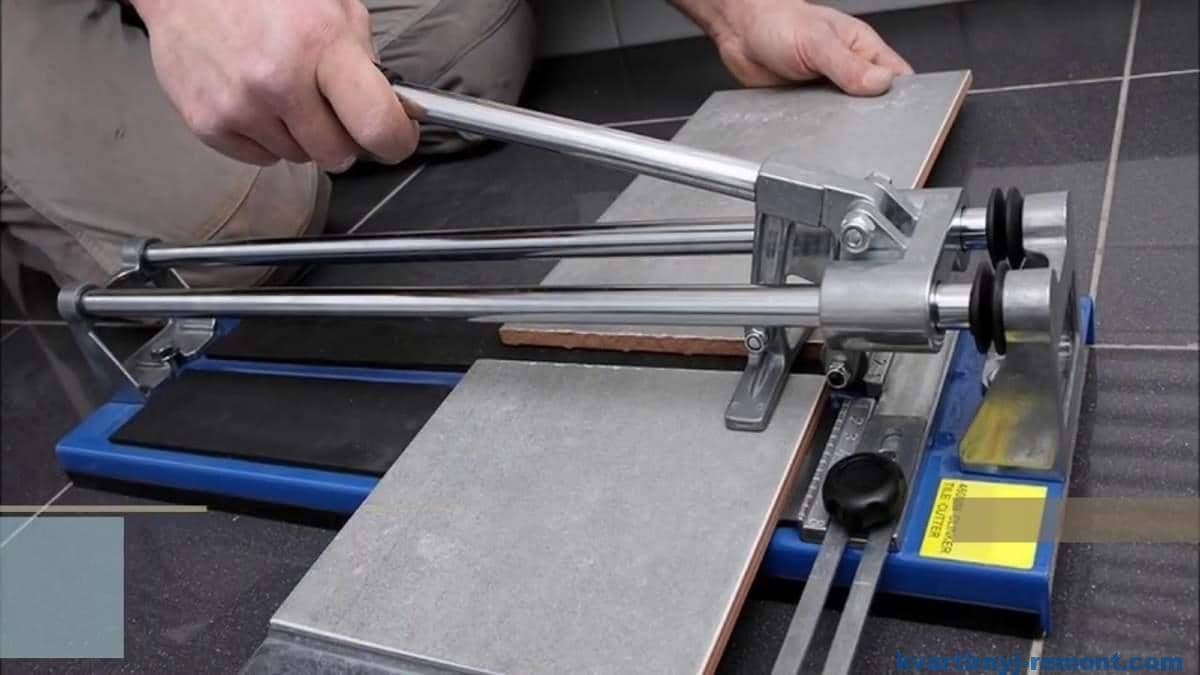
Maintain the blades’ sharpness
Use caution when tightening the screw clamping mechanism
Overtightening the tile may cause it to break
Ensure that the tile-cutting blade does not touch the floor or anything else
The tile may shatter if something contacts the blade while it is in motion
Utilize enough lubrication
After each cut, the blade should rest for a few seconds before being used again
This allows the blade to cool and makes it simpler to control
Use a non-synthetic oil (such as mineral oil) or petroleum jelly to lubricate the blade
Avoid synthetic oils, as they might cause blade damage
Utilize a tile saw for safety purposes
You don’t want to unintentionally cut yourself, so avoid using the tile saw near walkways
Position the tile saw instead behind a piece of plywood, cabinet door, or other strong item
The benefits and drawbacks of utilizing a tile saw Pros:
A tile saw can readily cut porcelain tiles of various shapes and sizes
It is reasonably secure
There are few dangers associated with the use of a tile saw
However, you must still use caution when working with the instrument
How to Cut Porcelain Tiles using a Porcelain Tile Cutter If you have already worked with wood, cutting porcelain tile is not very difficult
Actually, there are three distinct sorts of cuts that can be made on porcelain tiles
They may be cut with a jigsaw, handsaw, or laser cutter
But before we begin, allow me to provide some background information on each tool
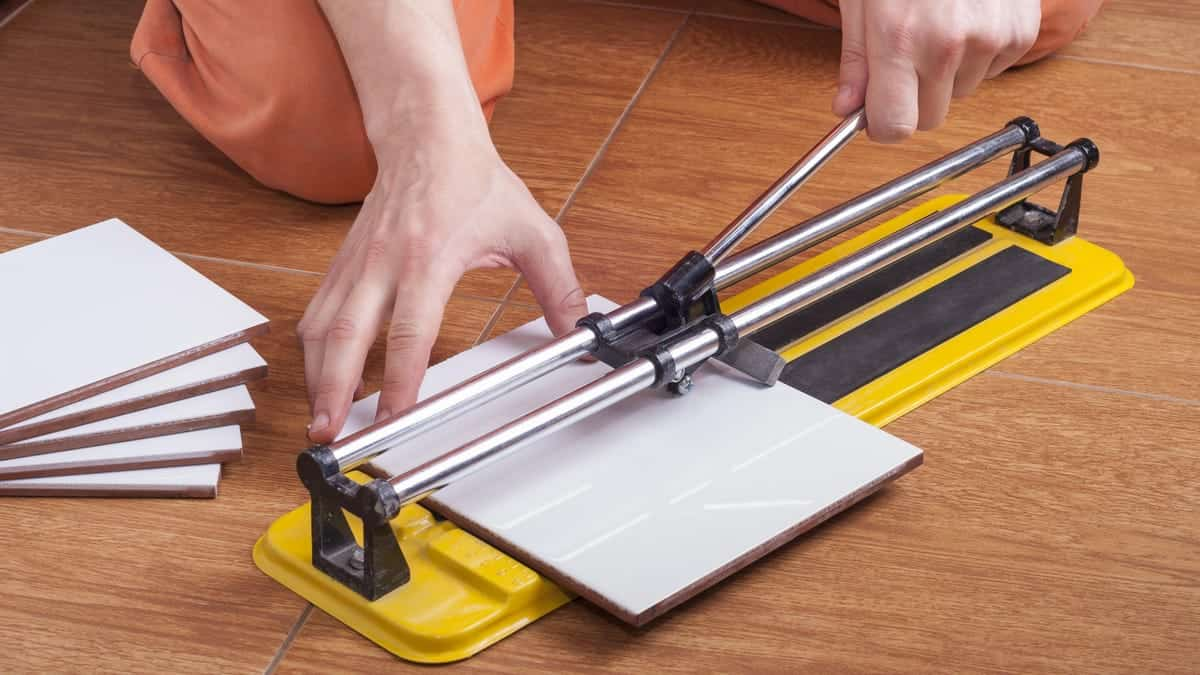
First, the jig saw performs well on ceramic tiles because they are hard enough to resist chipping and cracking, unlike softer materials such as plywood
Ceramic tiles are also easier to cut than wood due to the absence of a grain pattern
In contrast to a jigsaw, a handsaw might be useful if you need to cut a small number of pieces at once
Finally, if you intend to perform a significant amount of cutting, I would recommend acquiring a laser cutter
A laser cutter is essentially a high-powered light beam that descends onto a platen of metal
The beam warms the platen, causing a diamond-shaped blade to remove a significant amount of metal
If you have ever worked with glass, you understand how sharp the blades must be in order to penetrate the substance
The same is true with pottery
Laser cutters are expensive, yet they outperform handsaws and jigsaws in a variety of applications
Now that we understand what these instruments are for, let’s begin chopping!
JIGSAW
A jigsaw is a very versatile instrument that can be used to cut virtually anything
It is suggested for slicing tiny quantities of materials
A jigsaw has the advantages of being relatively affordable and simple to operate
Keep in mind, however, that a jigsaw is not ideally suited for cutting larger materials
One reason why a jigsaw is not ideal for cutting porcelain is that the material does not maintain its shape when being sliced
When the temperature rises, the plastic components fuse together and the blade becomes dull
Given that porcelain is tougher than plastic, this issue is exacerbated
A jigsaw may also produce a great deal of sawdust and chips, which may be an annoyance
This means that the surrounding environment could get unclean and untidy as a result
Lastly, a jigsaw does not permit you to alter the angle of the cut
Due to these issues, it is preferable to avoid using a jigsaw to cut porcelain tiles
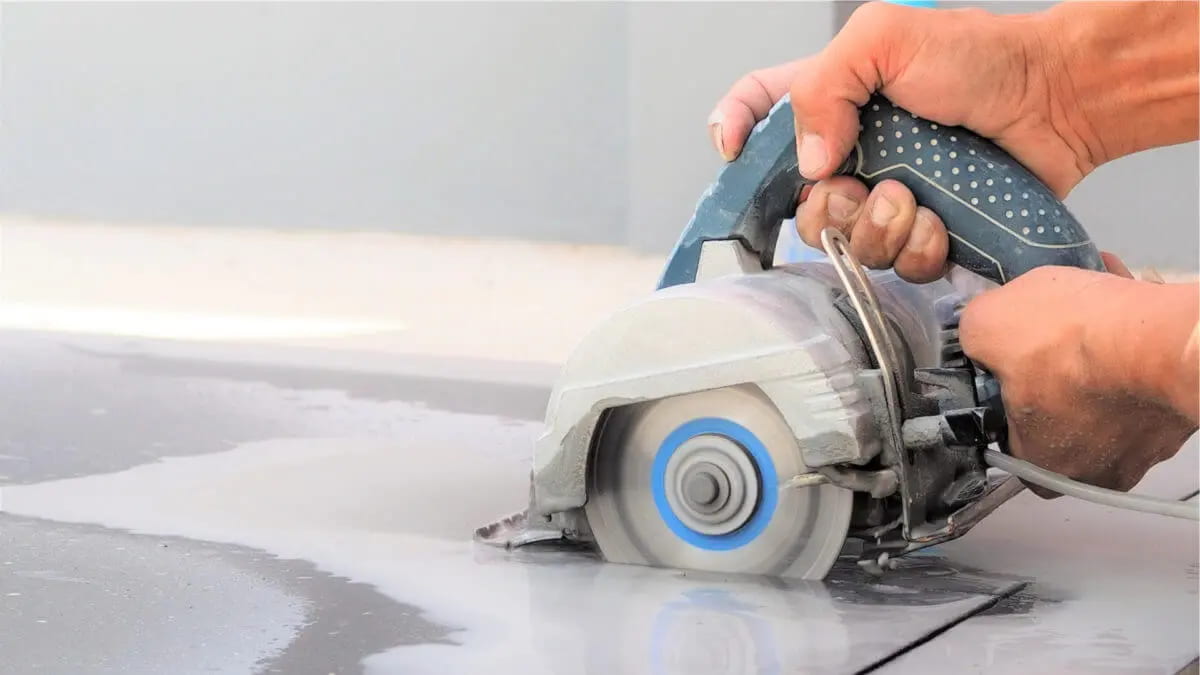
HAND SAW
A hand saw is comparable to a jigsaw, with the exception that it is built for cutting ceramics
A jigsaw has a spinning blade, while a hand saw has a straight blade
Hand saws are the simplest and cleanest method for cutting porcelain tiles
However, they lack the portability and strength of jigsaws
In addition, they are typically costly
This means that purchasing a hand saw will cost you several hundred dollars
A high-quality one, though, should survive for years
In addition, because hand saws have flat steel blades, they can cut more angles than a normal jigsaw
If you want something inexpensive and simple to operate, a hand saw is an excellent choice!
LASER CUTTING DEVICE
A laser cutter is the final way for cutting porcelain tiles
These machines require a license to operate due to their enormous power
A laser cutter retains its shape while being heated and cut, unlike a jigsaw
It includes a built-in cooling system that keeps the machine working efficiently with minimal emissions
In conclusion, a laser cutter permits precision cutting
This makes it suitable for carving complicated designs into porcelain tiles
The disadvantage of laser cutters is that they are highly expensive
Typically, you should expect to pay between $1,000 and $3,000 for a basic model
The price increases based on characteristics such as the number of programmable colors and the size of the item


